14 Crazy Facts About Nightmare on Elm Street, One of the Most Important Franchises in Film History10/15/2018
October is the best month. It's a time to get excited about pumpkin spice lattes, leggings, leaves... and, of course, scary movies! (If you're not stoked about those things, I feel bad for you.)
So today, I wanted to share some cool facts about Wes Craven's 1984 classic horror film, Nightmare on Elm Street. Some of which I learned from Dead Meat's youtube video, A Nightmare on Elm Street (1984) KILL COUNT (spoiler alert, obviously): (Also, props to Dead Meat for commentary that actually made me laugh out loud, and introduced me to such turns of phrase as, "bangs the grammar out of Tina," and "crop top paradise.") Other information came from interviews with the cast and crew. 1. GUYS. IT IS BASED ON A TRUE STORY. Seriously. Wes Craven was inspired to write the screenplay after reading a few newspaper articles about "mysterious death dreams" reported by several young Laotian men. The government investigated the phenomenon in 1981. In Wes Craven's own words: "A family who had escaped the Killing Fields in Cambodia and managed to get to the U.S. Things were fine, and then suddenly the young son was having very disturbing nightmares. He told his parents he was afraid that if he slept, the thing chasing him would get him, so he tried to stay awake for days at a time. When he finally fell asleep, his parents thought this crisis was over. Then they heard screams in the middle of the night. By the time they got to him, he was dead. He died in the middle of a nightmare." 2. Even from his first appearance, Freddy Krueger has always had a little kookieness to him. Though he's dark and frightening in this first scene, which takes place about fifteen minutes into the movie, there are also moments where he "looks like stretch armstrong" and "runs around like a drunk uncle playing around with his infant nephew." Of course, this silliness is nothing compared to later, cartoon-ish depictions of this villain. 3. Lacking CG technology, the epic first kill scene, in which Tina Gray is slowly dragged up the wall and across the ceiling, was accomplished by building a rotating room. The furniture and cameras were nailed in place while the room turned. It was meant to be an epic hook at the end of the first reel (around the 11-minute mark). They didn't really have the budget to do this... so mechanical special effects guy pitched the idea and justified the cost by suggesting they kill Glen in the same room. As Tina Seelig, a Stanford d.School professor and author of Creativity Rules: Get Ideas Out of Your Head and Into the World, once told me, "If you want to make people be creative, tie a hand behind their backs." 4. Nightmare on Elm Street marked Johnny Depp's acting debut. Perhaps one of the most versatile actors of his day and age, Johnny Depp made his film debut as Nancy's boyfriend, Glenn Lantz, in this low-budget horror film. 5. Johnny Depp played the film's deuteragonist, or secondary main character (after the protagonist and before the tritagonist). This is less a fun fact about Nightmare on Elm Street and more a fun vocab lesson -- because you know I love those! See also:
So now you know. 6. Glen's death scene was filmed in the same rotating bedroom as Tina's death scene -- but this one "got a little out of control." An hour and 48 minutes into the film, Glen dies, after the second time he promises not to fall asleep... then falls asleep. To film it, they'd bolted two race car seats to the wall, one for the cinematographer and one for Craven, who were in five-point harnesses. 300 gallons of blood had to come out of his bed. The grips were supposed to rotate the room slowly, so blood would run down the walls. But the room took off in an enormous spin from the sudden shift of weight. Blood went everywhere. It hit every light and blew every fuse. Craven recalls, "They assumed I was dead by the time it was done," Accidentally, they'd created a very cool effect, with all that blood sliding off at an angle." 7. Charlie Sheen was originally supposed to play Glen. Johnny Depp's whole life could have turned out differently if Charlie Sheen didn't want way too much money for the role. He wanted $3,000 a week, which the film couldn’t afford. SO THEN, according to Craven: The actor who played the coroner came to me and said, “I have a friend who’s in town. His name’s Johnny Depp, he’s in a band, and he’s interested in getting into movies.” He gave me Johnny’s headshot. I read with Johnny, and I remember his fingers were yellow from constantly smoking unfiltered cigarettes, and he was greasy and pale and sickly. My 14-year-old daughter was in from New York with a friend. I took the headshots of the actors I was considering for the role of Heather’s boyfriend, Glen. I put them out on the kitchen table, and asked the girls, “Who would you pick?” They immediately pointed at Johnny. I said, “Are you serious?” He looked like he needed a bath. They both said, “He’s beautiful.” 8. All the investors, at one time or another, backed out during pre-production. The budget started off at $700,000, but they went... a bit over-budget. It ended up at $1.1 million. According to producer Bob Shaye, "Half the funding came from a Yugoslavian guy who had a girlfriend he wanted in movies." 9. Robert Englund may have gotten the role of Freddy Krueger... by rubbing cigarette ash under his eyes. In Engund's own words: "Driving over to the audition, I licked my finger and put it in the ashtray of my Datsun Roadster. That’s an old theatre trick: Ash gives you a nice shadow under the eyes. So I dabbed a little there, greased my hair back, and went in. I looked strange." Originally, Craven has wanted to cast a stuntman, not an actor, but (wisely) changed his mind. 10. Heather Langenkamp (Nancy Thompson) made $400 a day, or about $12,000-$14,000, for her lead role. Langenkamp, a freshman at Stanford, had taken time off school to pursue acting. She'd had a few commercials, a PSA, and a TV movie-of-the-week role under her belt, but was a relative unknown. The movie was financed using Ronee Blakley (Marge Thompson, Nancy's drunk mom) and John Saxon (Donald Thompson, Nancy's cop dad)’s names, so they were well-paid. The teenagers were all unknowns, and were paid scale. 11. Jsu Garcia (a.k.a. Nick Corri, who played Rod Lane) was high on heroin in the jail scene, when he talks to Nancy through the bars. Depressed and recently homeless, Garcia admits to having done drugs on the set. Meanwhile, Langenkamp recalls, "On the day we shot the scene in the jail, his eyes were watery and they weren’t focused. I thought, Wow, he’s giving the best performance of his life." 12. Wes Craven regrets the ending. In his own words: "Bob wanted a hook for a sequel. I felt that the film should end when Nancy turns her back on Freddy and his violence — that’s the one thing that kills him. Bob wanted to have Freddy pick up the kids in a car and drive off, which reversed everything I was trying to say — it suddenly presented Freddy as triumphant. I came up with a compromise, which was to have the kids get in the convertible, and when the roof comes down, we’d have Freddy’s red and green stripes on it. Do I regret changing the ending? I do, because it’s the one part of the film that isn’t me." Though it sounds like Bob Shaye wasn't too happy about it, either: "When I showed the film to my dad at a screening, he said, 'The ending is weird.' I told him about the awkward compromise Wes and I had made. He said, 'It’s not good. You gotta change it.' I said, 'Dad, I can’t.' We’re in a bar, and he yells, 'You’re gonna fuck up this movie!' We just left it the way it was." 13. Umm, apparently Robert Englund once had a threesome... for which he was asked to leave his claw on? I try not to judge. People are into what they're into... but this Robert Englund story is definitely kind of weird: "I was the grand marshal of the Greenwich Village Halloween parade one year, dressed in full Freddy drag. Two phenomenal-looking girls in harem costumes came up and propositioned me. I remember that particular night, they wanted me to keep the claw on."
Okay....
See also:
14. Despite Hollywood snobbishness, Nightmare became one of the most important and lucrative franchises in film history. Say what you will about this low-budget horror film (or horror films in general -- as Langenkamp recalls, "Doing Nightmare didn’t really help my career much because people have a stuffy mentality about horror films. I kind of feel what a porno actress might feel, trying to tell everyone how great her movie was.") ... but it made $1.45 million in its first week -- which is more than the movie's whole budget. The second week, it did even better, bringing in $2.05 million. The film's near-term gross was $24 million, which launches New Line into an industry powerhouse. In fact, soon, New Line became “the house that Freddy built.” Nightmare spawned eight sequels that, together, grossed over $370 million. And it is probably worth watching (or re-watching) this Halloween.
1 Comment
Regrets
10/11/2019 05:15:17 pm
Yes, the ending was kind of stupid. I always wondered about that jail scene. How does he make his eyes like that? No one is THAT good at acting! Now it all makes sense, haha.
Reply
Leave a Reply. |
About the Author

Eva is a content specialist with a passion for play, travel... and a little bit of girl power. Read more >
Want to support The Happy Talent? CLICK HERE!
Or Find me on Patreon!
What's Popular on The Happy Talent:
Trending in Dating and Relationships:
What's Popular in Science: Playfulness and Leisure Skills:
Popular in Psychology and Social Skills:
Categories
All
|
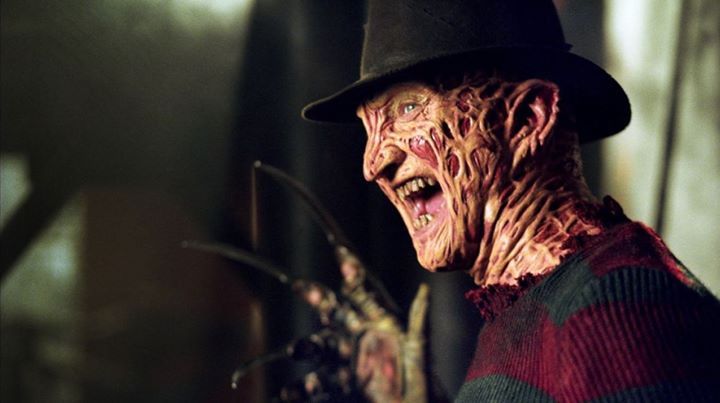
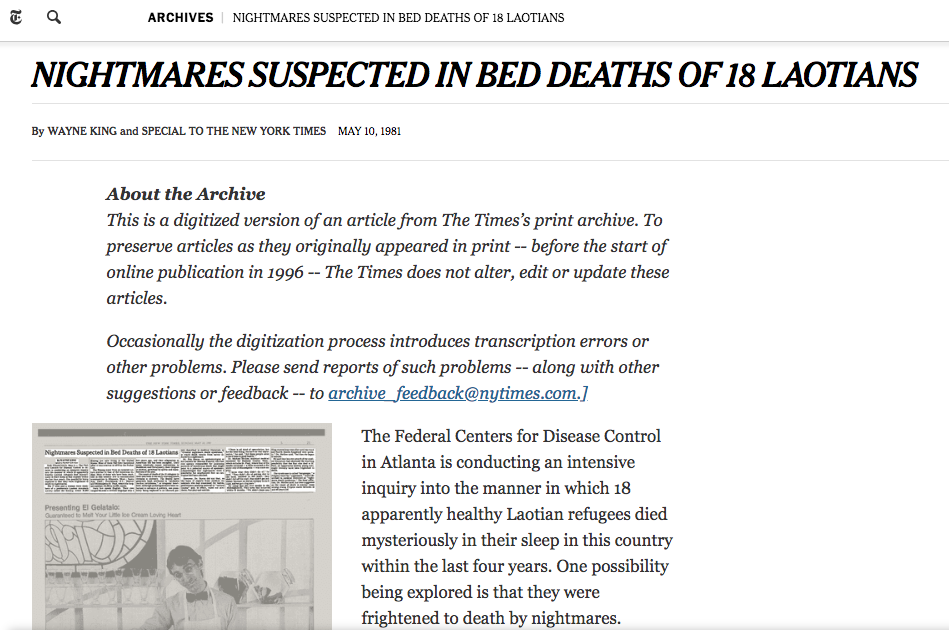
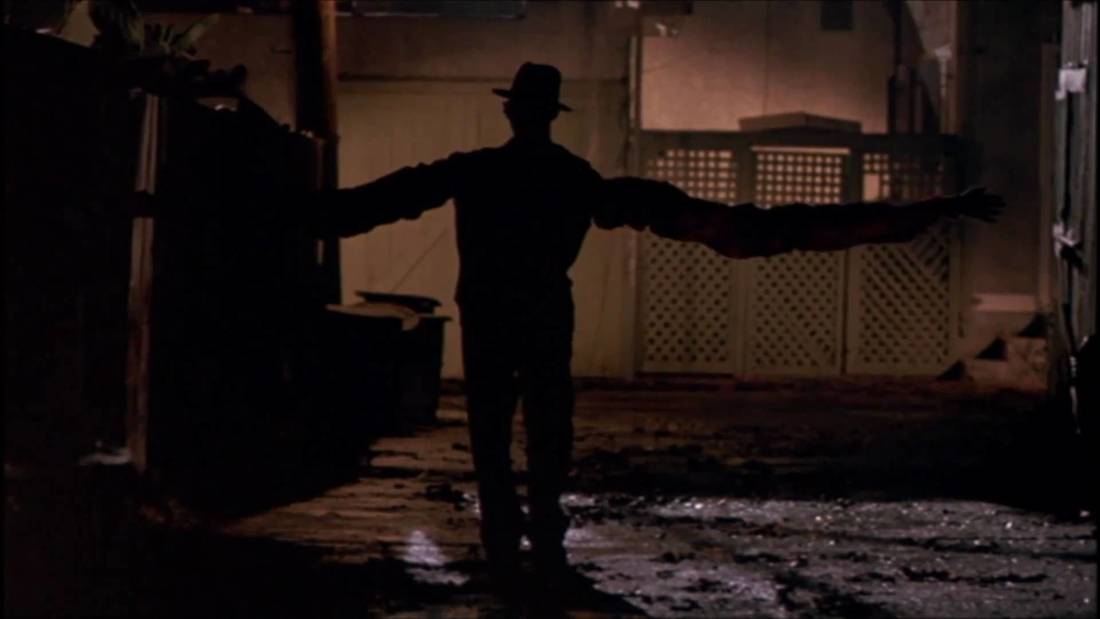
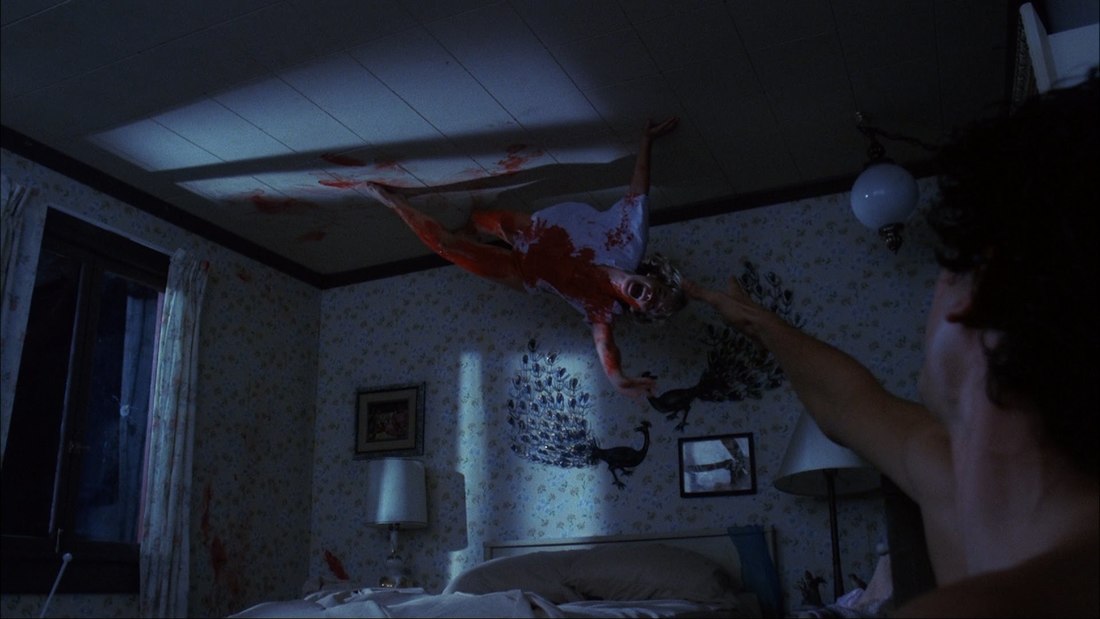
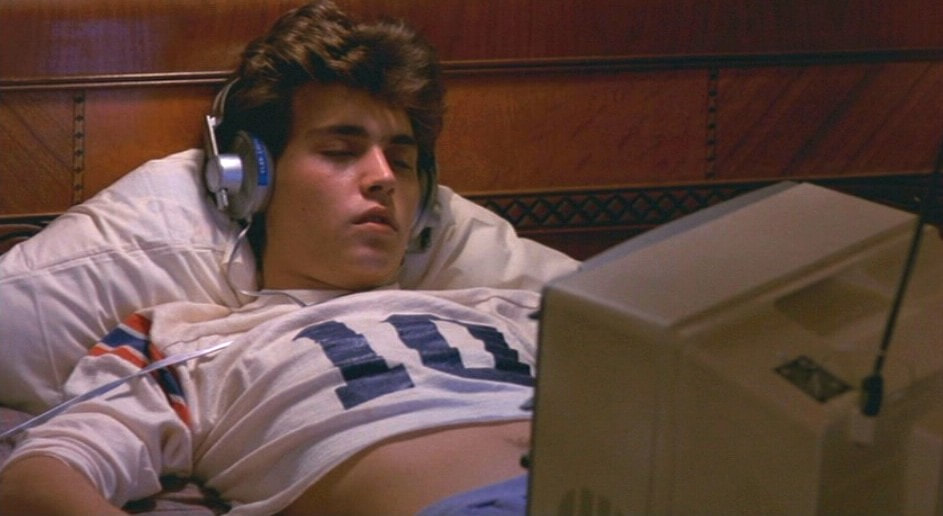
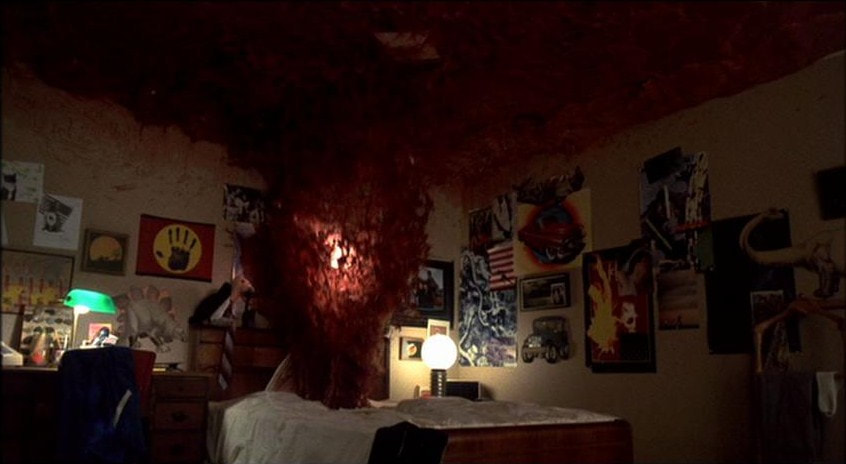
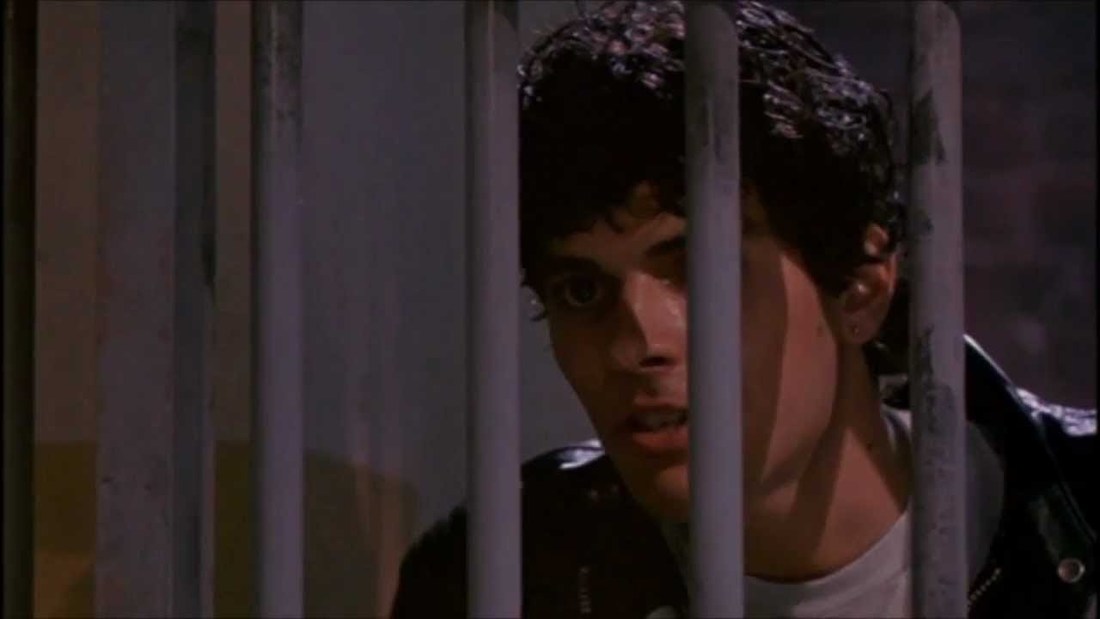
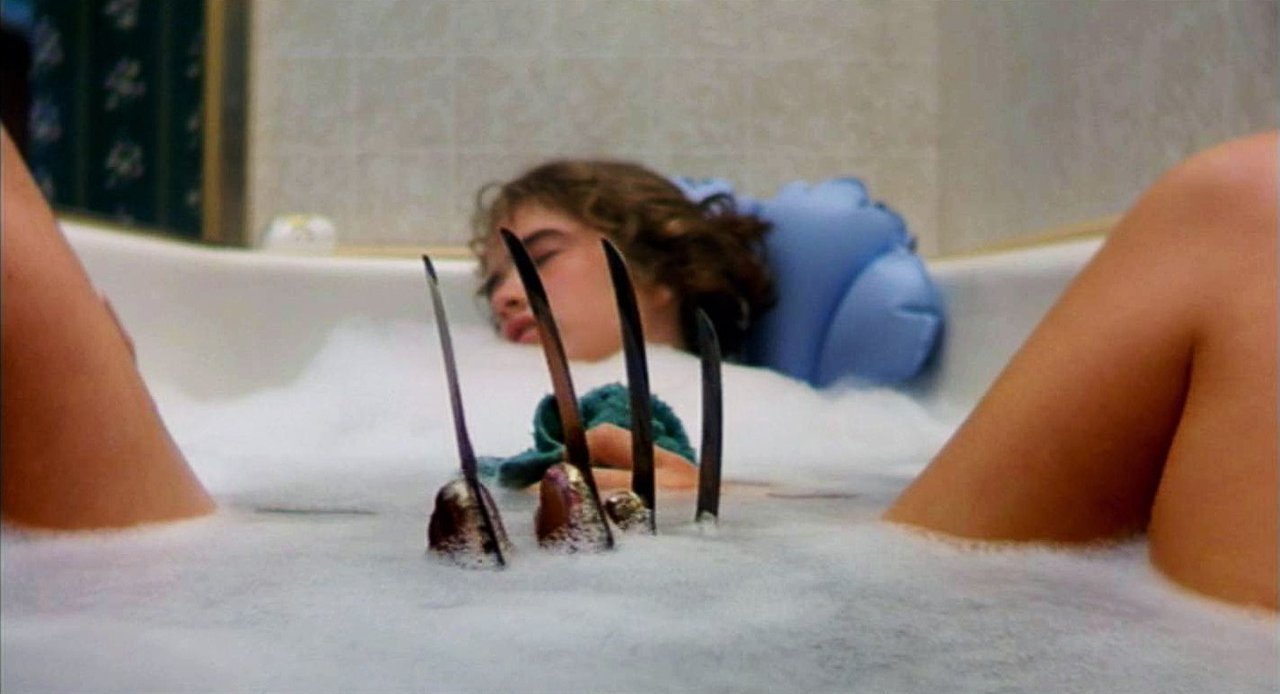
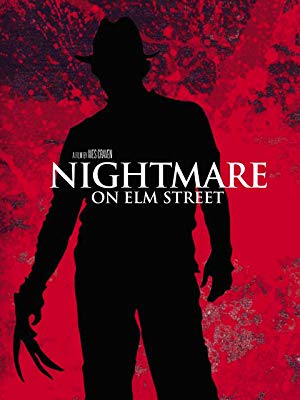

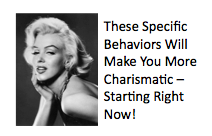

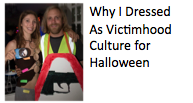

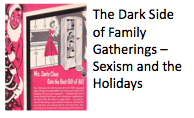



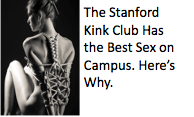












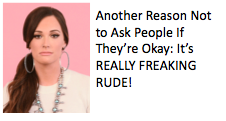
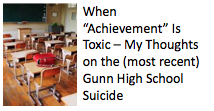
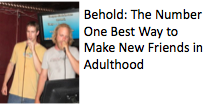
 RSS Feed
RSS Feed